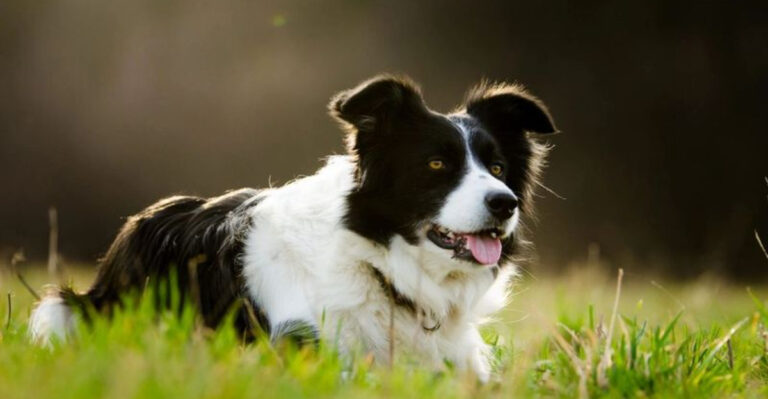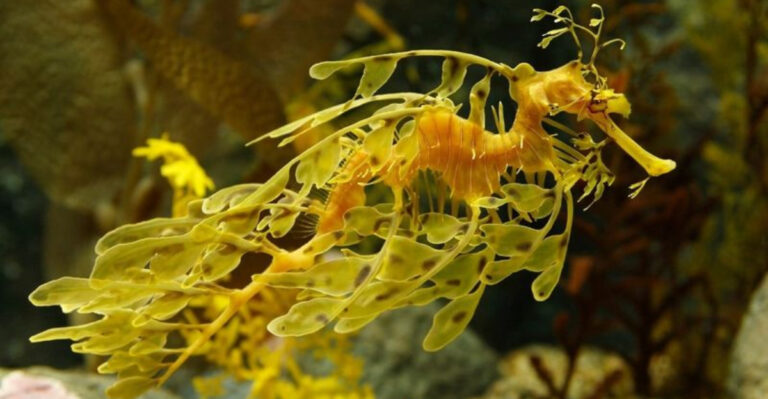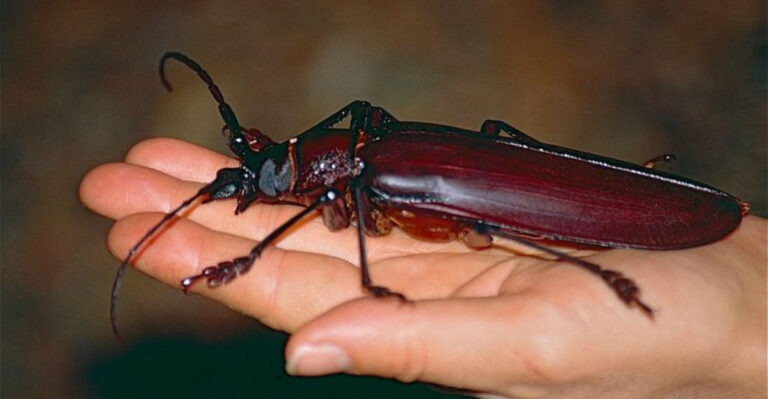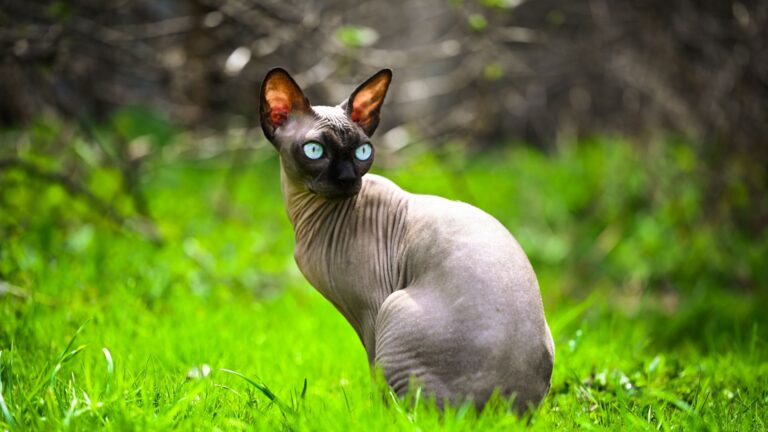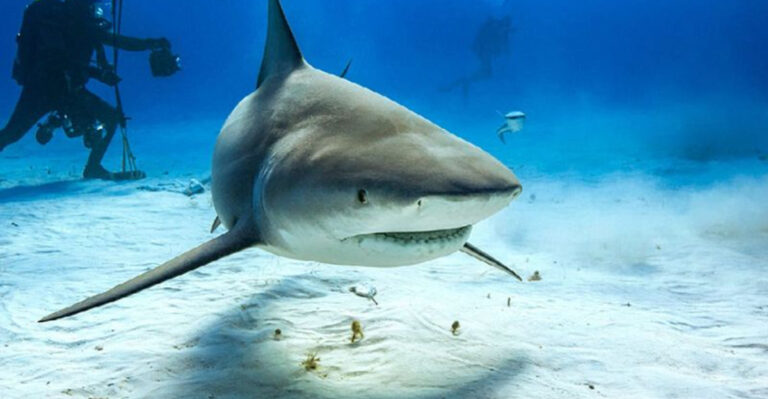19 Animals With The Most Unbelievable Senses
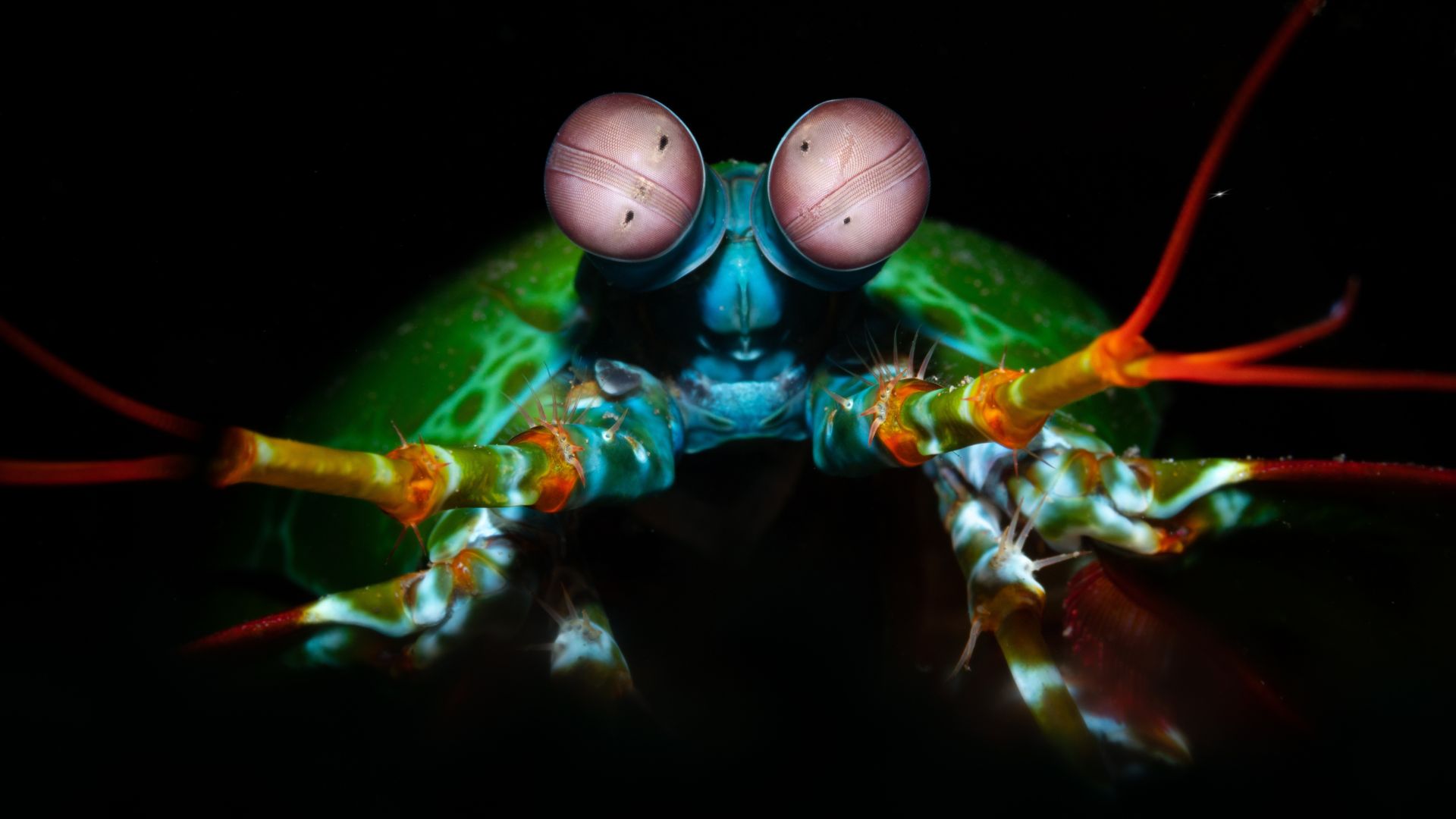
Imagine having superpowers that let you see colors humans can’t, feel the tiniest vibrations, or taste with your whole body.
Many animals have senses far beyond what we can imagine, and these abilities help them survive in their wild worlds. Let’s take a look at these amazing animals with the most incredible senses.
You might be surprised by what they can do, some of these talents would make even a Marvel hero jealous!
1. Ocean’s Color Vision Superhero
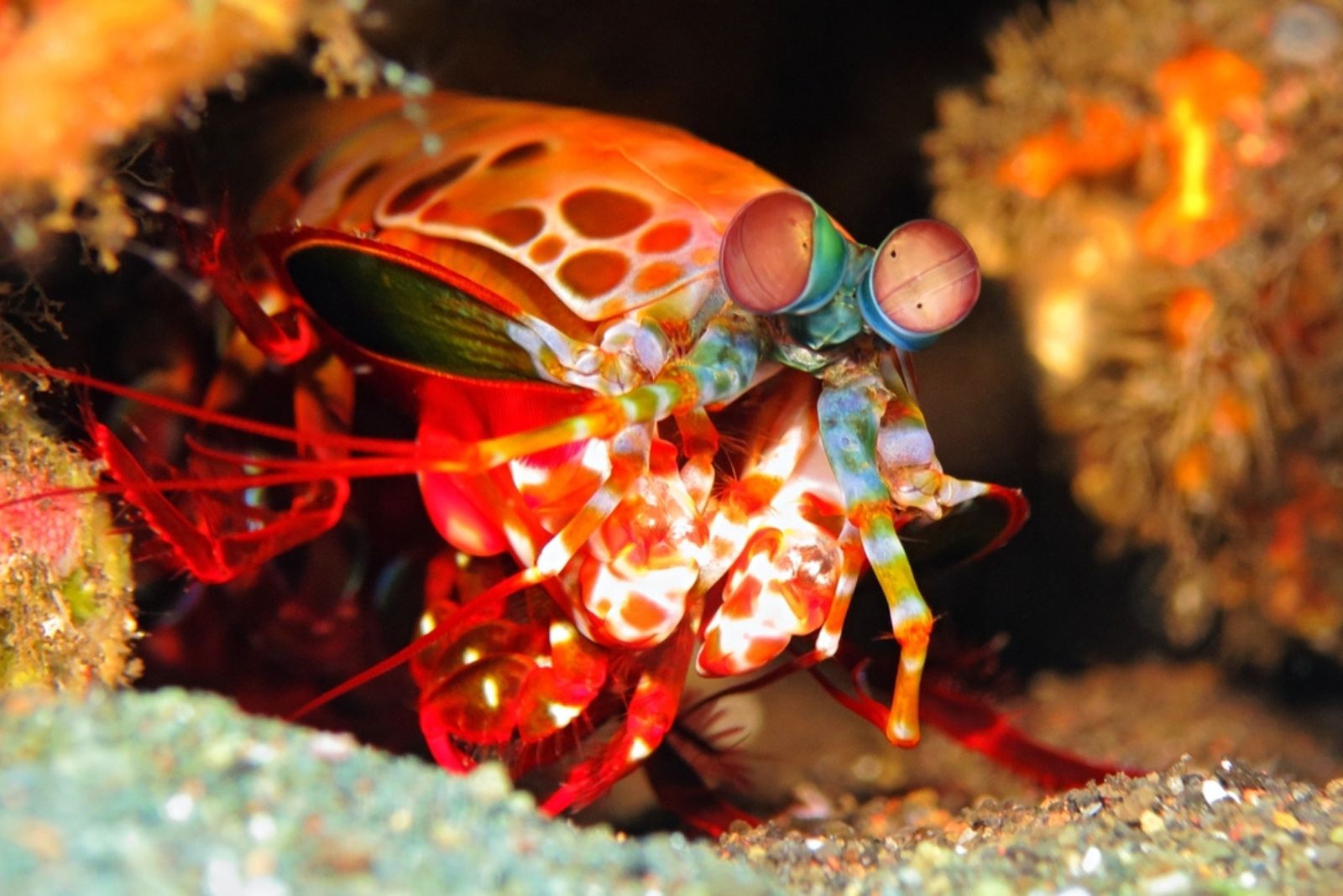
Think you’ve seen all the colors of the rainbow? The mantis shrimp would disagree! It has the most complex eyes in the animal world, with up to 16 types of color receptors (while we only have three!)
This lets it see ultraviolet light and colors we can’t even imagine. The mantis shrimp uses this super vision not just for hunting but also to communicate with others of its kind, making it one of the ocean’s coolest predators.
2. A Dog’s Nose Knows Best

Forget about sneaking a snack when there’s a dog around—they’ll catch you every time! A dog’s sense of smell is up to 100,000 times stronger than ours. They can sniff out everything from hidden food to human emotions.
Incredibly, dogs can even detect illnesses like cancer and diabetes, making them heroes in search and rescue missions and as service animals.
3. A Fish That Tastes With Its Entire Body
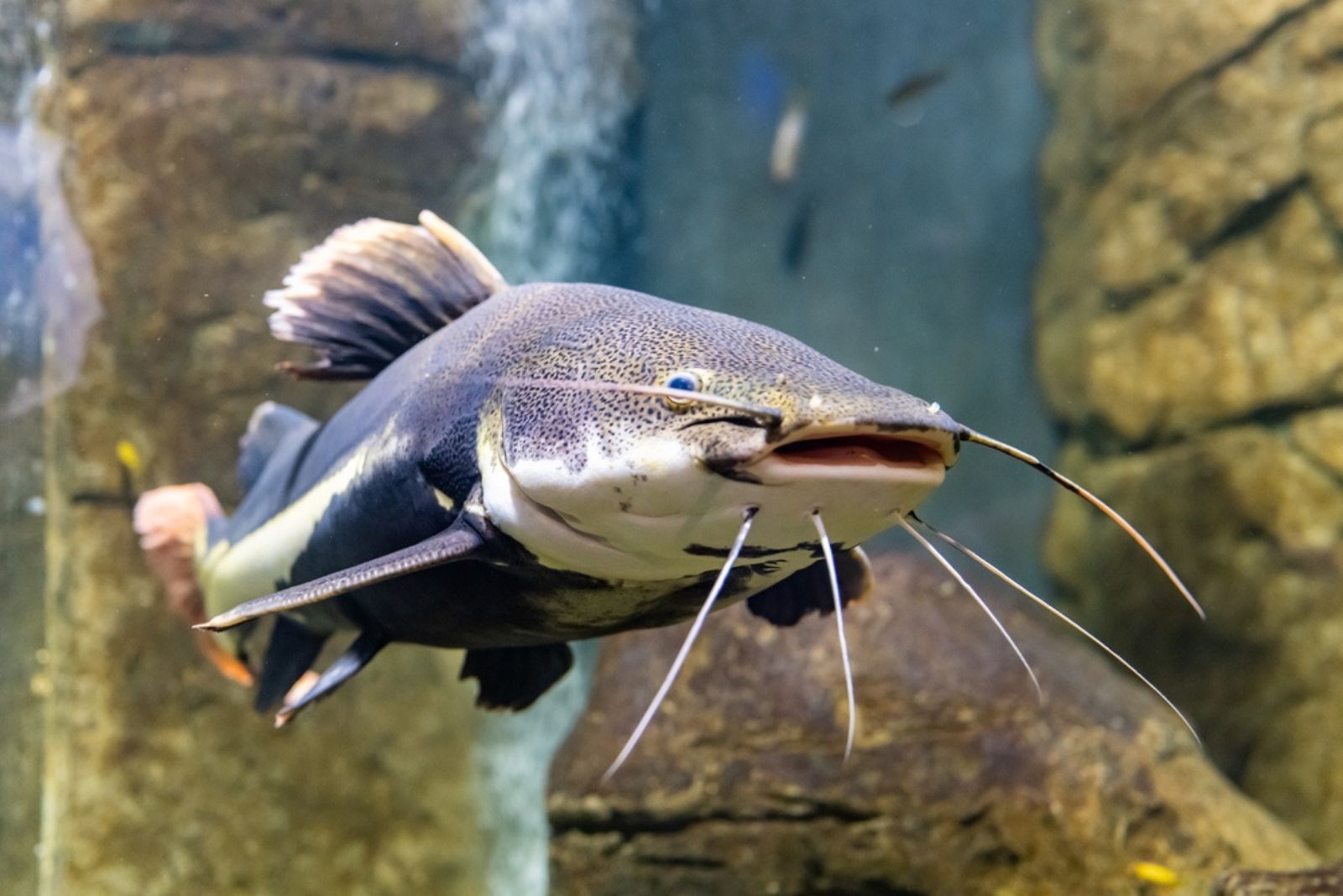
Imagine being able to taste the water around you just by swimming through it. That’s exactly what a catfish can do! It has taste buds all over its body, especially on its whiskers, letting it “taste” its environment as it swims.
This unique ability helps it find food even in the murkiest rivers. As cool as this superpower sounds, I think I’ll pass on tasting everything I touch!
4. The Shark With A Built-In Metal Detector
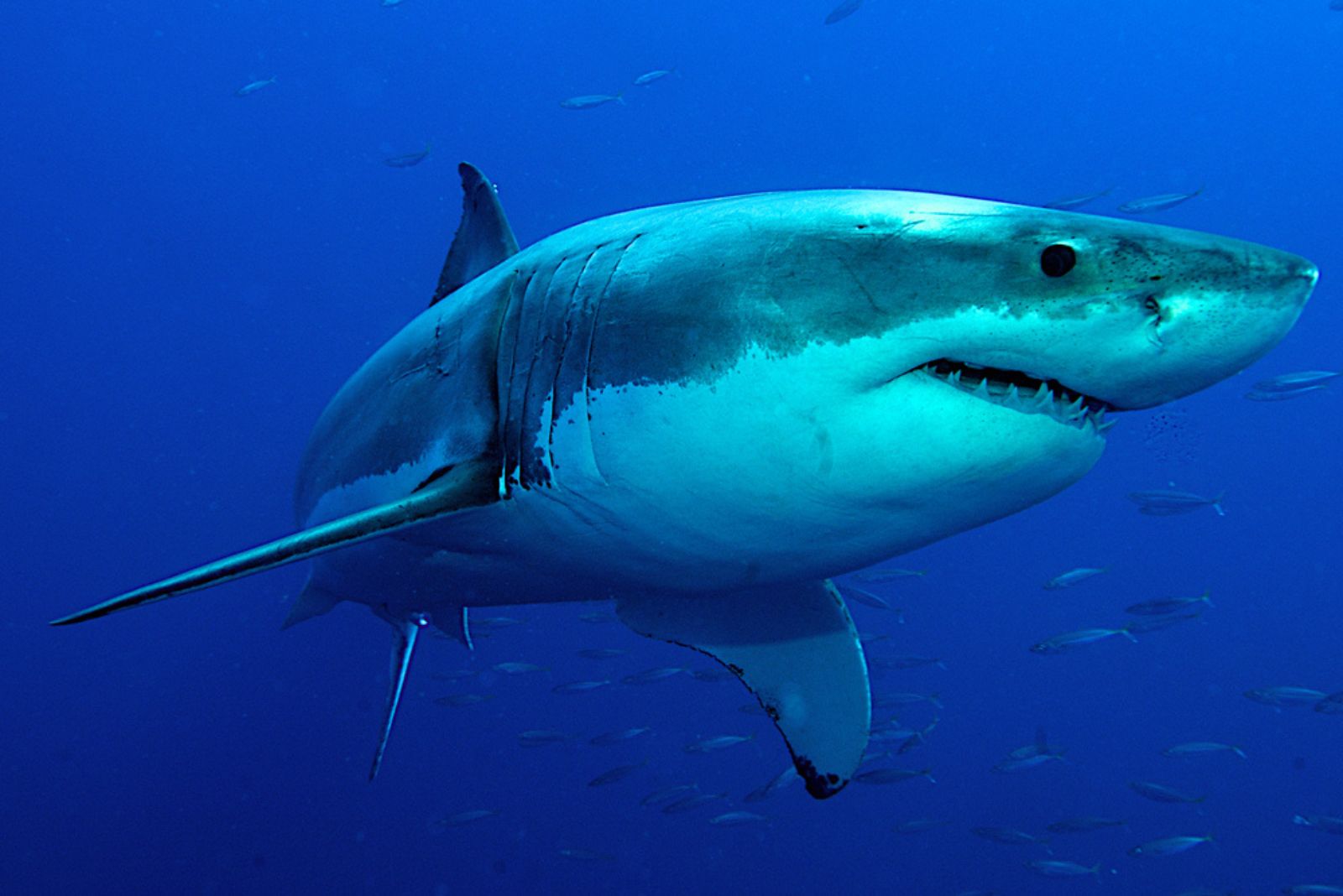
Great white sharks have a secret weapon called electroreception, allowing them to detect tiny electric signals given off by living creatures.
It’s like having a sixth sense! Sharks use this ability to hunt prey that’s hidden in the sand or swimming in dark waters. If I could share any superpower with an animal, this one would definitely be on the list!
5. The Bat’s Night Vision That Isn’t Really Vision
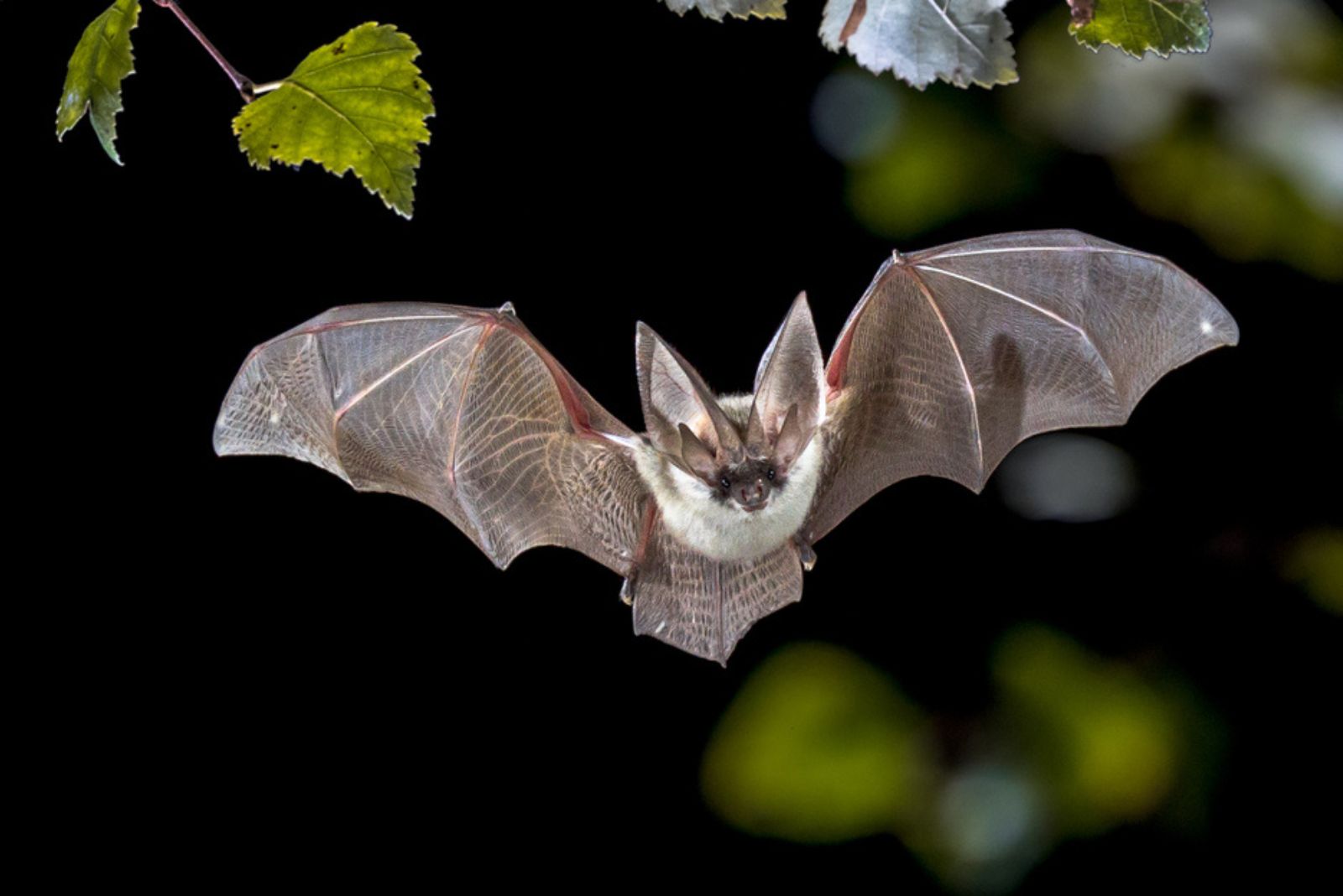
Bats don’t need eyesight to see in the dark – they use their ears! With echolocation, bats make high-pitched sounds and listen to the echoes that bounce back.
This special sense lets them “see” their surroundings even in total darkness, helping them hunt tiny insects and fly through narrow spaces like true masters of the night sky.
6. Snakes Are Heat-Sensing Predators
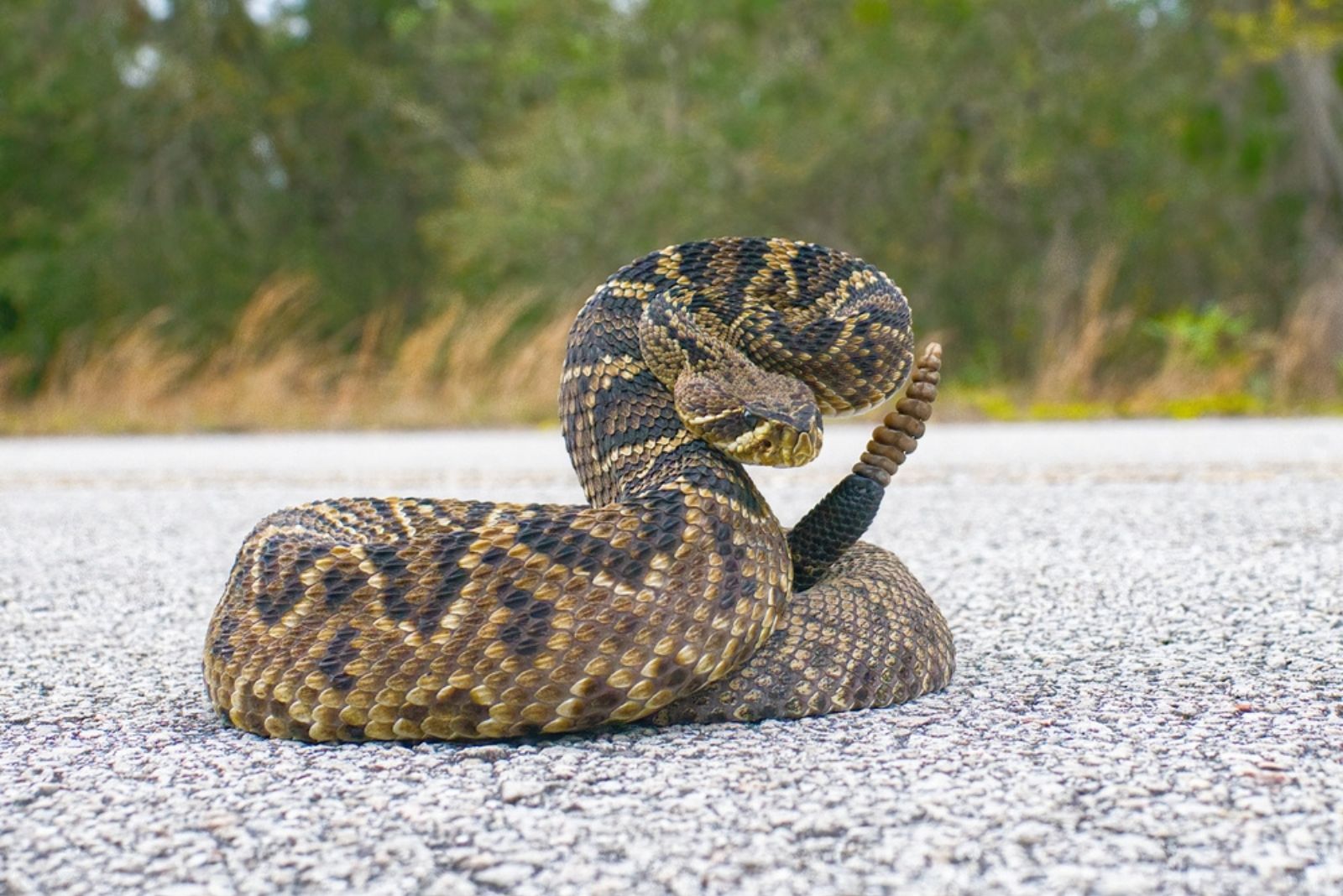
Some snakes, like rattlesnakes, have heat-sensing pits on their faces that let them detect the body heat of their prey. It’s like having infrared goggles built right in!
This powerful sense helps them find warm-blooded animals like mice and birds, even in complete darkness. Now that’s a handy skill when you’re hunting at night!
7. Eagle – The Sharpest Eyes In The Sky
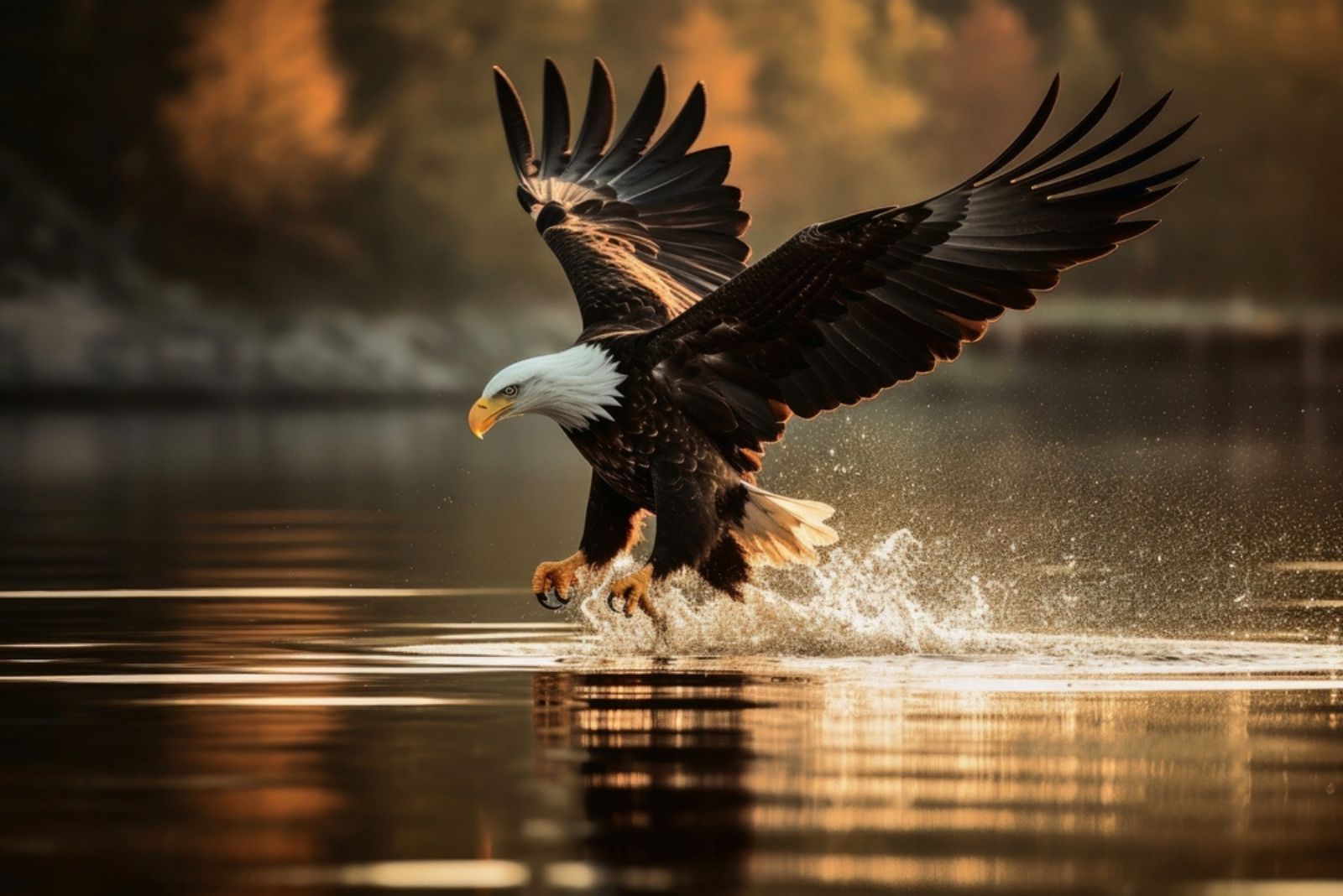
Ever heard the phrase “sees like an eagle”? Well, here’s why!
Eagles have eyesight up to 8 times sharper than ours, allowing them to spot a rabbit from more than a mile away. Their incredible vision helps them soar high in the sky while hunting for prey.
Eagles also have a lot of color receptors, allowing them to see in great detail and spot movements that we would easily miss.
8. The Dolphin’s Secret Underwater Superpower

Just when you thought dolphins couldn’t get any cooler, they pull out their sonar skills! Dolphins use echolocation to find food and navigate through murky waters.
They send out clicks and listen for the echoes, creating a mental map of everything around them. This sense is so precise, they can even tell the size, shape, and speed of objects in the water.
9. Moles Are Underground Touch Experts
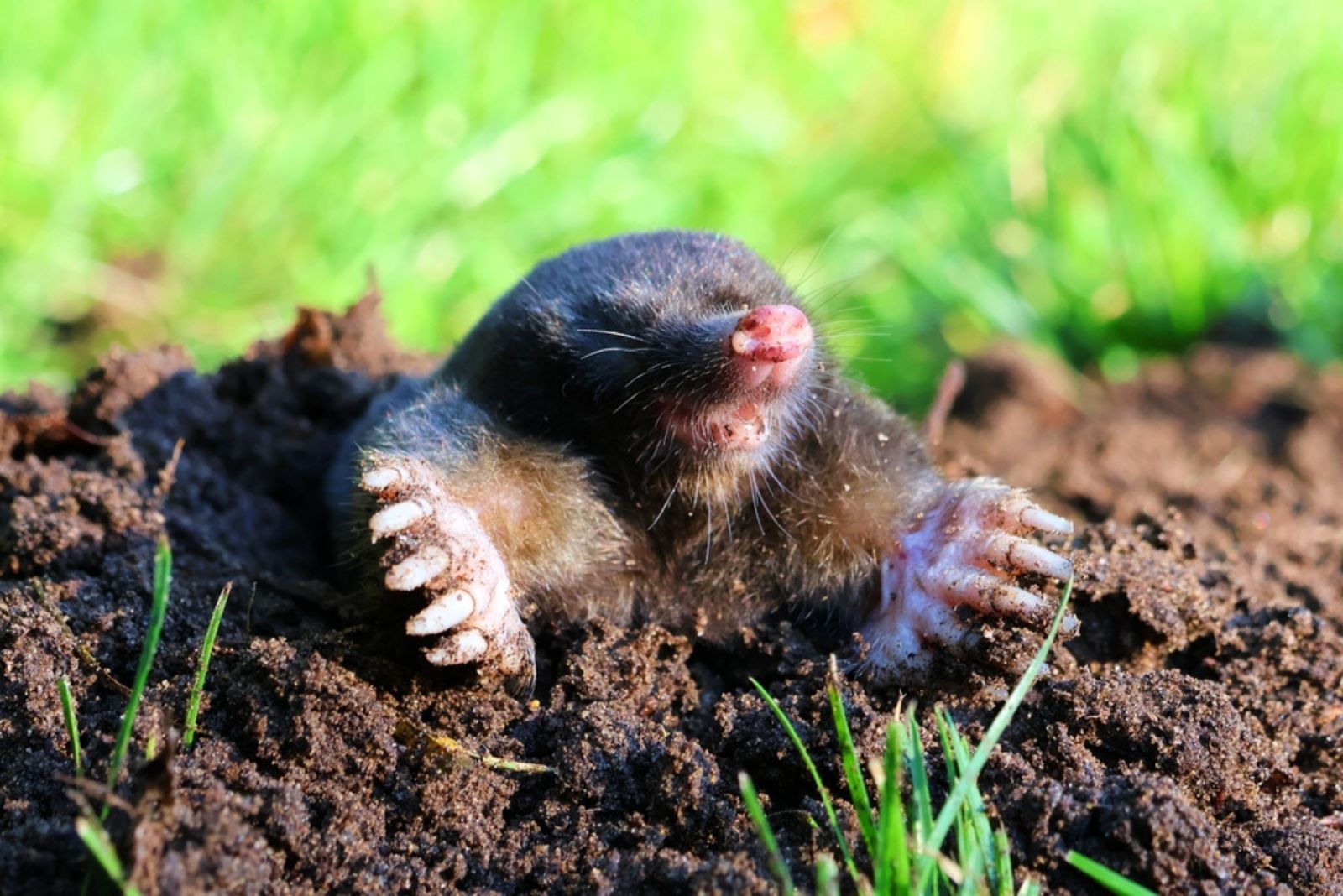
Moles might not have great eyesight, but they don’t need it when they can feel every tiny vibration underground. Their noses have special sensors called Eimer’s organs that help them detect the smallest movements of insects and worms.
Even in pitch darkness, moles navigate and dig through the soil like true underground explorers.
10. The Electric-Finding Bill Of The Platypus
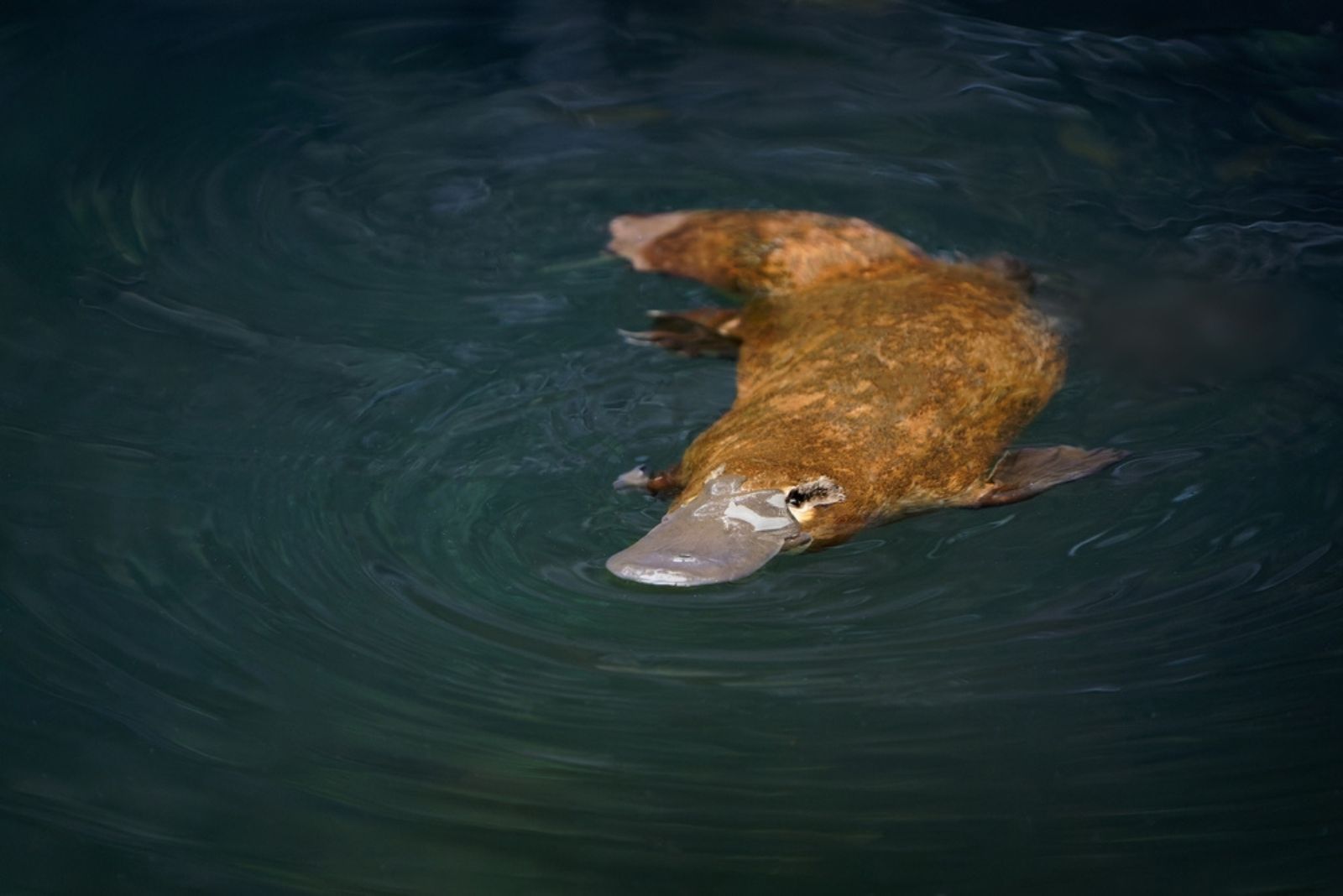
The platypus is already a strange-looking animal, but its senses are even weirder! It can detect tiny electrical signals from the muscles of its prey using special sensors on its bill.
As it swims with its eyes closed, the platypus relies on this ability to find insects and small fish in murky waters. It’s like having a built-in electric detector, making it one of nature’s coolest hunters.
11. Owls Aka Masters Of The Night
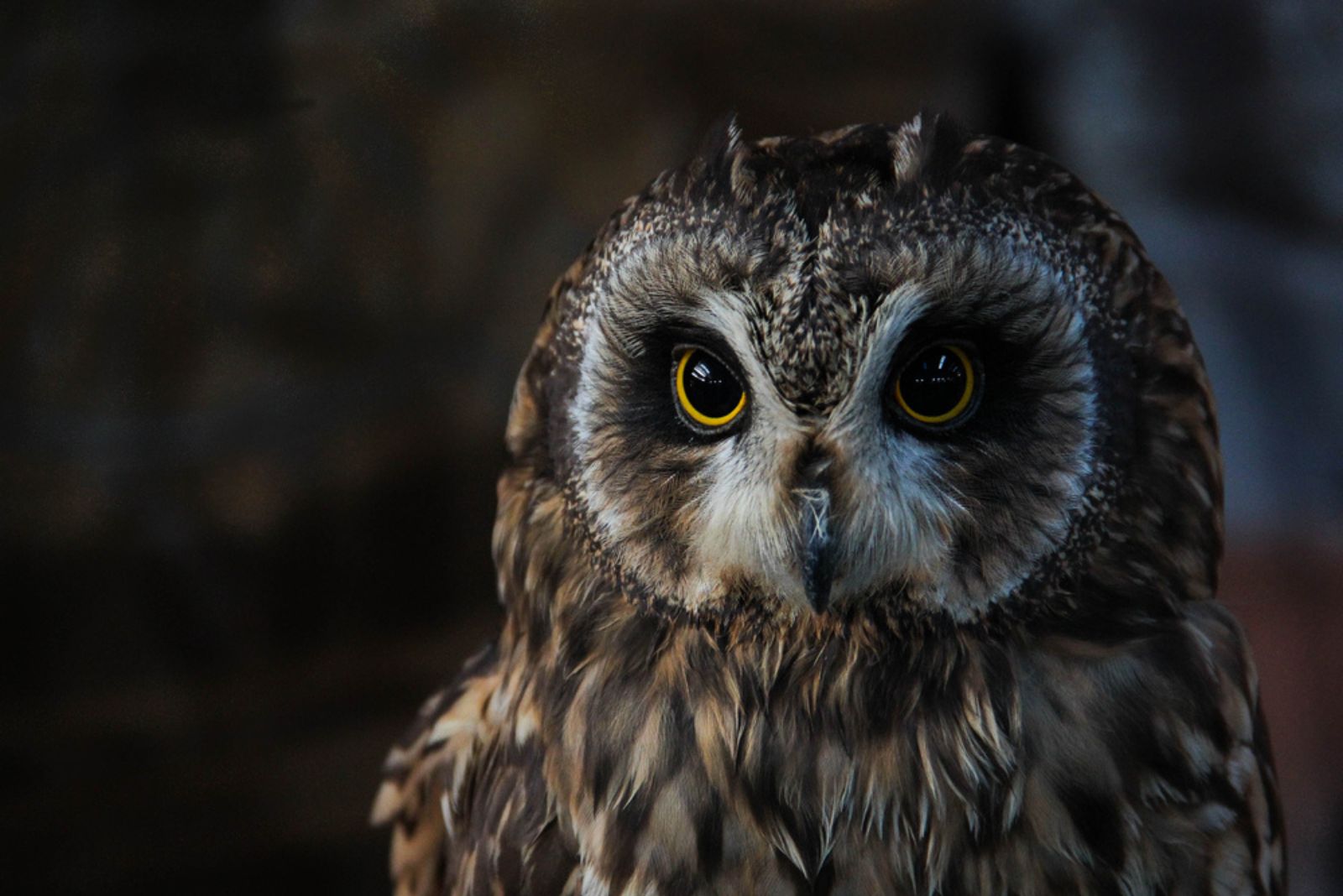
Owls have incredible hearing thanks to their asymmetrical ears, which are placed at different heights on their heads.
This allows them to pinpoint the exact location of different sounds, which is crucial for hunting in the dark. Owls can hear the faint rustle of a mouse in the grass from great distances, making them stealthy and efficient nocturnal hunters.
12. Spiders Detect Vibrations
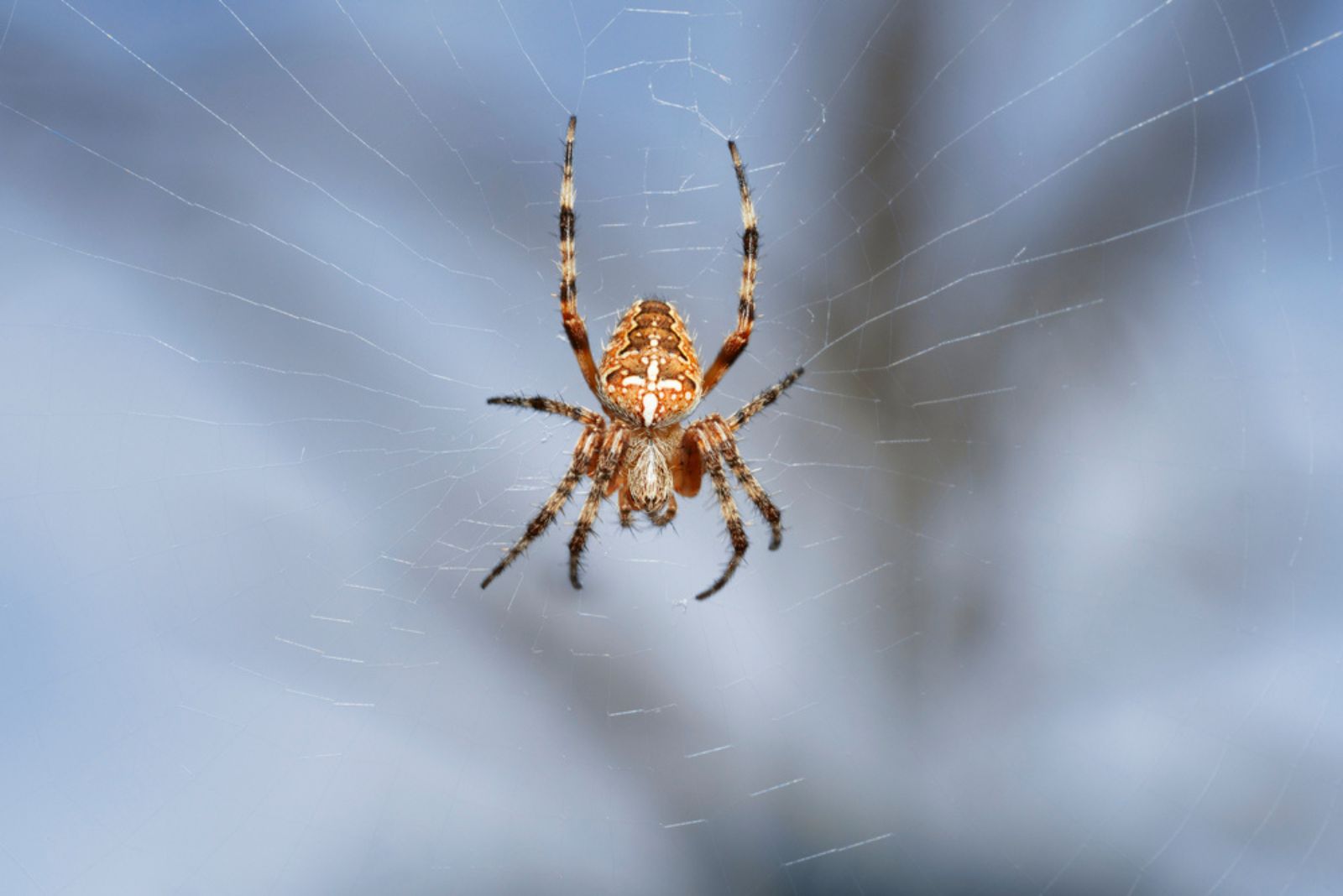
Ever wonder how spiders know when something lands in their web? Their legs are covered in tiny hairs that can detect the smallest vibrations.
When an insect gets stuck in the web, the spider feels the movement and knows exactly where to go. It’s like having a built-in alarm system that helps them catch prey without even looking.
13. Butterflies Taste With Feet… What?
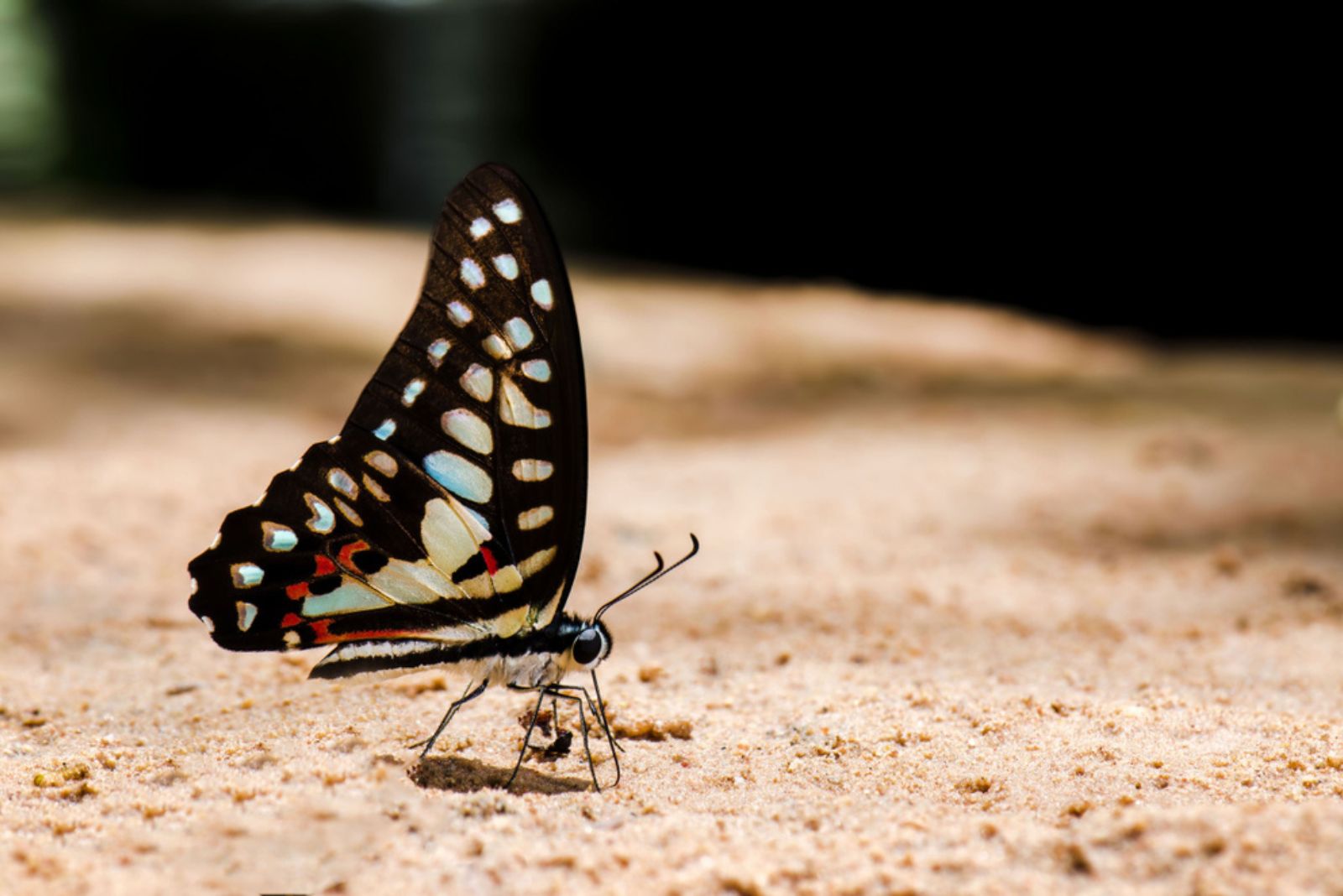
Yes, you read that right – butterflies can taste with their feet! When they land on a plant, they use taste receptors on their feet to decide if it’s the right spot to lay eggs.
If the plant isn’t suitable, they quickly fly away. It’s a smart way to make sure their babies have the best food source when they hatch.
14. Elephant – The Ground-Shaking Listener
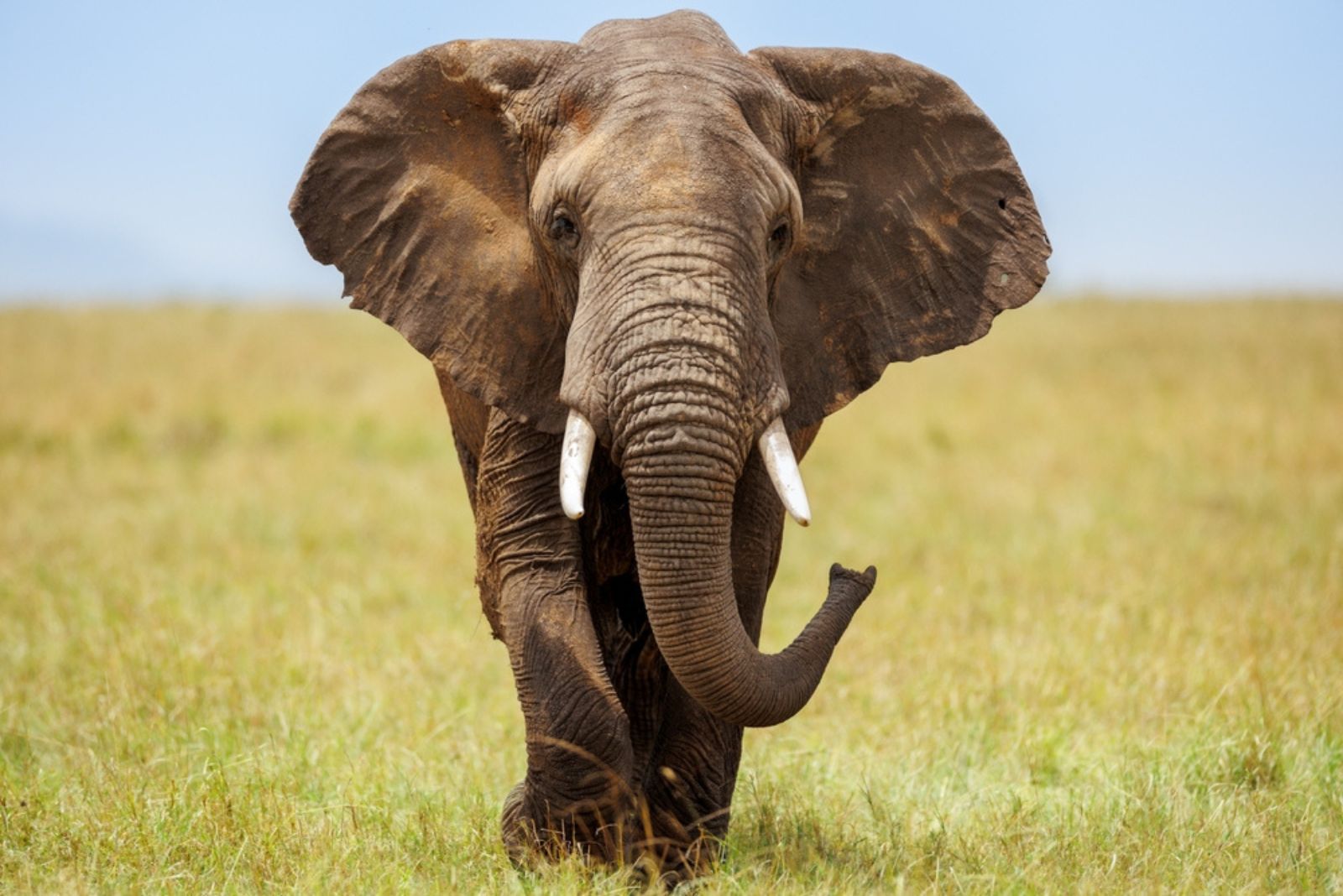
Elephants can detect low-frequency sounds and vibrations through their feet. This ability, called seismic sensing, helps them sense distant movements and even communicate with other elephants miles away.
Elephants can pick up signals from approaching herds or thunderstorms long before we can, which makes them incredible listeners. I wish some people were more like elephants, am I right?
15. And We All Know Pigeons Are Navigation Experts
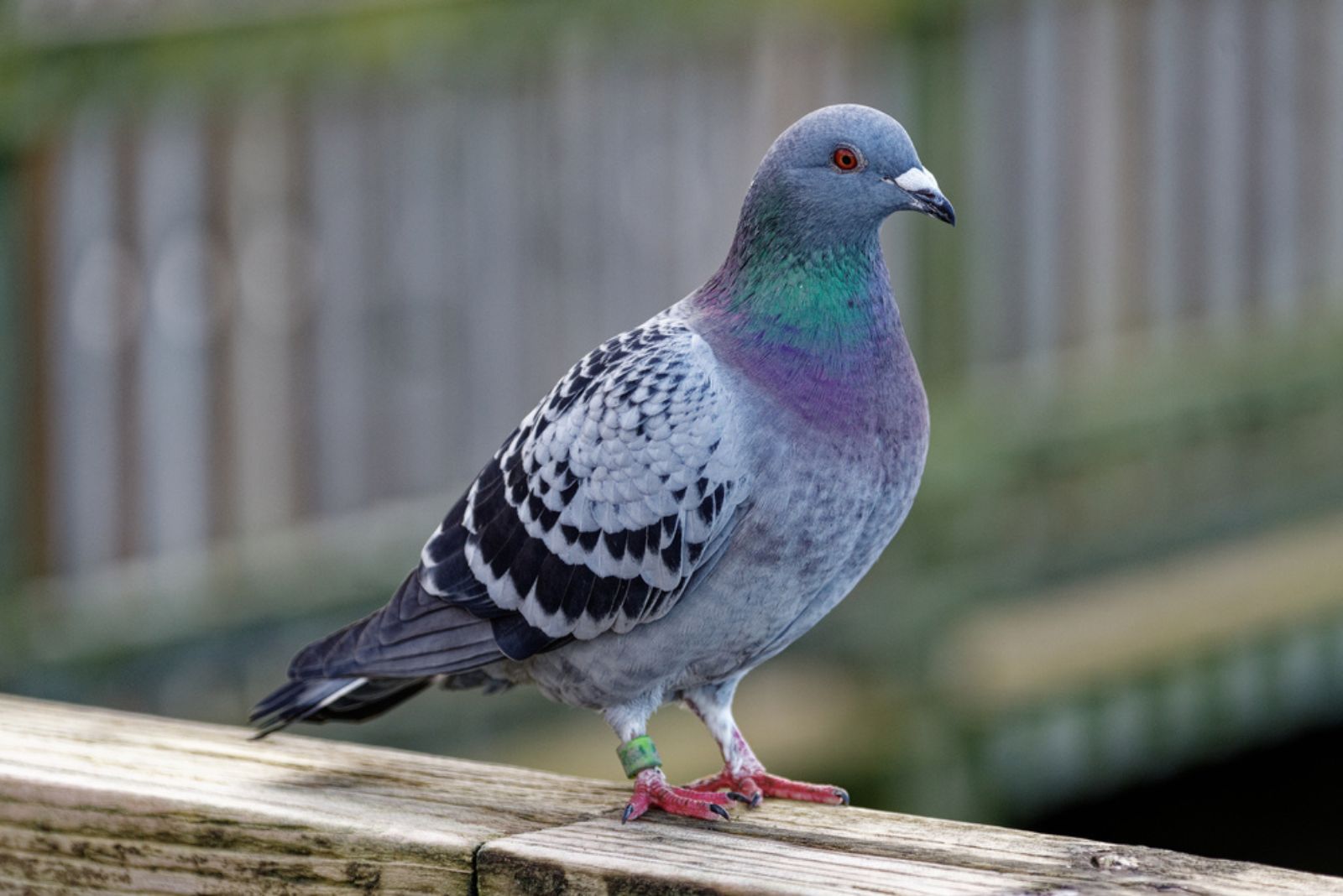
Pigeons have an amazing sense of direction thanks to their ability to detect the Earth’s magnetic field. This sense, known as magnetoreception, helps pigeons find their way home even when they are hundreds of miles away.
It’s like having a natural GPS system, which is why pigeons have been used for delivering messages throughout history.
16. Cats Couldn’t Settle For Just One “Superpower”

Cats possess extraordinary senses that are truly awe-inspiring. Their hearing, for instance, is exceptionally acute, capable of detecting sounds at frequencies as high as 64 kHz, far beyond the human range of hearing. This helps them detect even the faintest movements of prey.
Their vision is similarly remarkable, especially in low light, as their eyes are adapted for night hunting. With a wide field of view and the ability to see in near darkness, cats are natural predators.
Furthermore, their sense of smell is 14 times stronger than ours, allowing them to detect scents from a great distance and navigate their environment with precision.
Together, these heightened senses make cats not only excellent hunters but also incredibly attuned to their surroundings, making them some of the most fascinating creatures in the animal kingdom.
17. Fruitflies Are Incredible Navigators
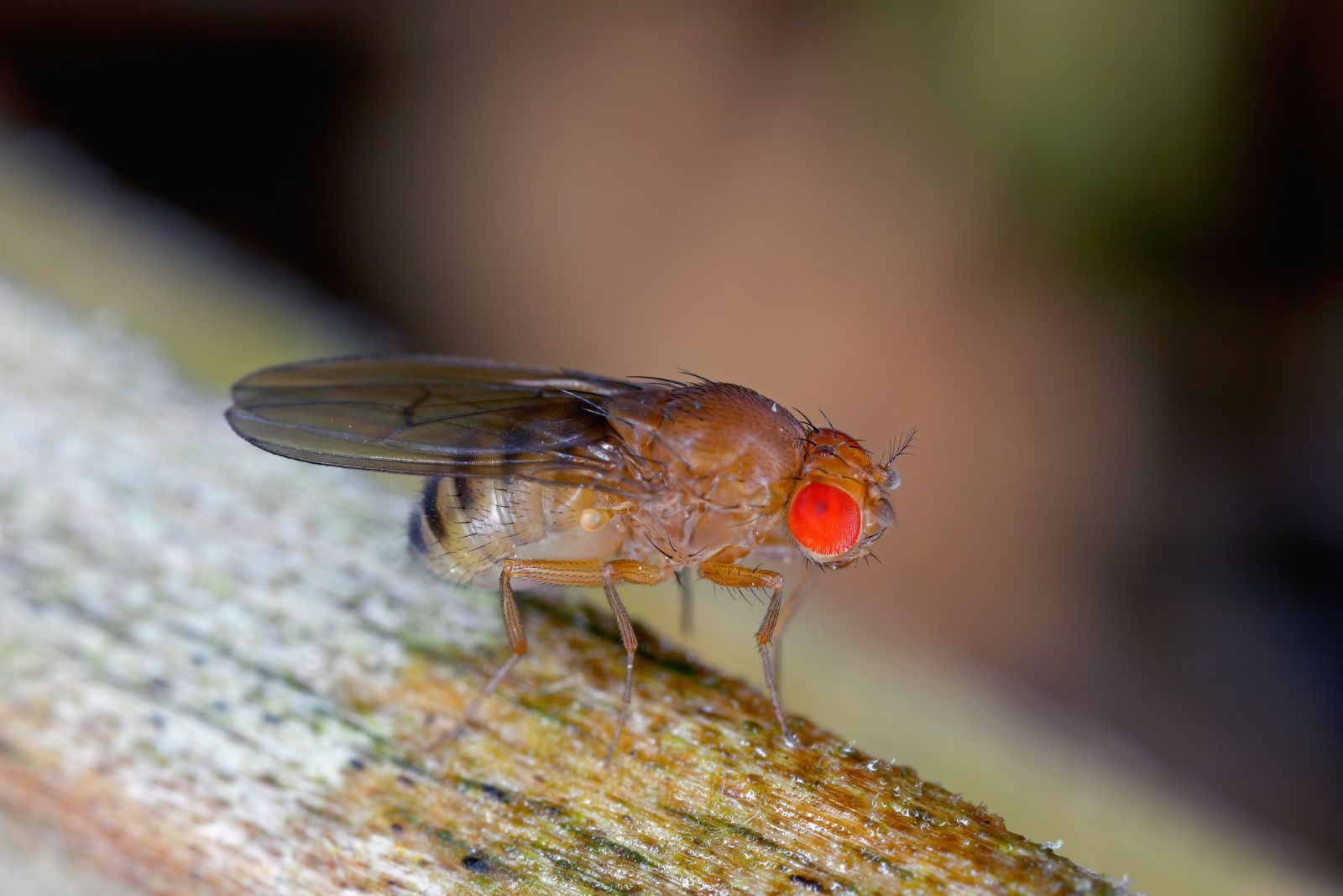
Fruit flies, or Drosophila melanogaster, are tiny insects renowned for their exceptional senses, which make them incredibly adept at navigating their environment.
Their vision is particularly impressive, with compound eyes that provide a wide field of view and the ability to detect even the slightest movements. These eyes are sensitive to polarized light, which helps fruit flies orient themselves and avoid predators.
Their sense of smell is another powerful asset, with specialized antennae that can pick up on pheromones and the scent of ripe fruit from impressive distances.
Fruit flies can also detect subtle changes in air pressure and temperature, which helps them locate food sources and adjust to environmental changes. Their antennae and palps are covered with fine hairs that detect the slightest vibration in the air, enabling them to sense predators or mates.
Together, these finely tuned senses allow fruit flies to react quickly and adapt to their surroundings in ways that are nothing short of remarkable.
18. Nature’s Ultraviolet Navigator
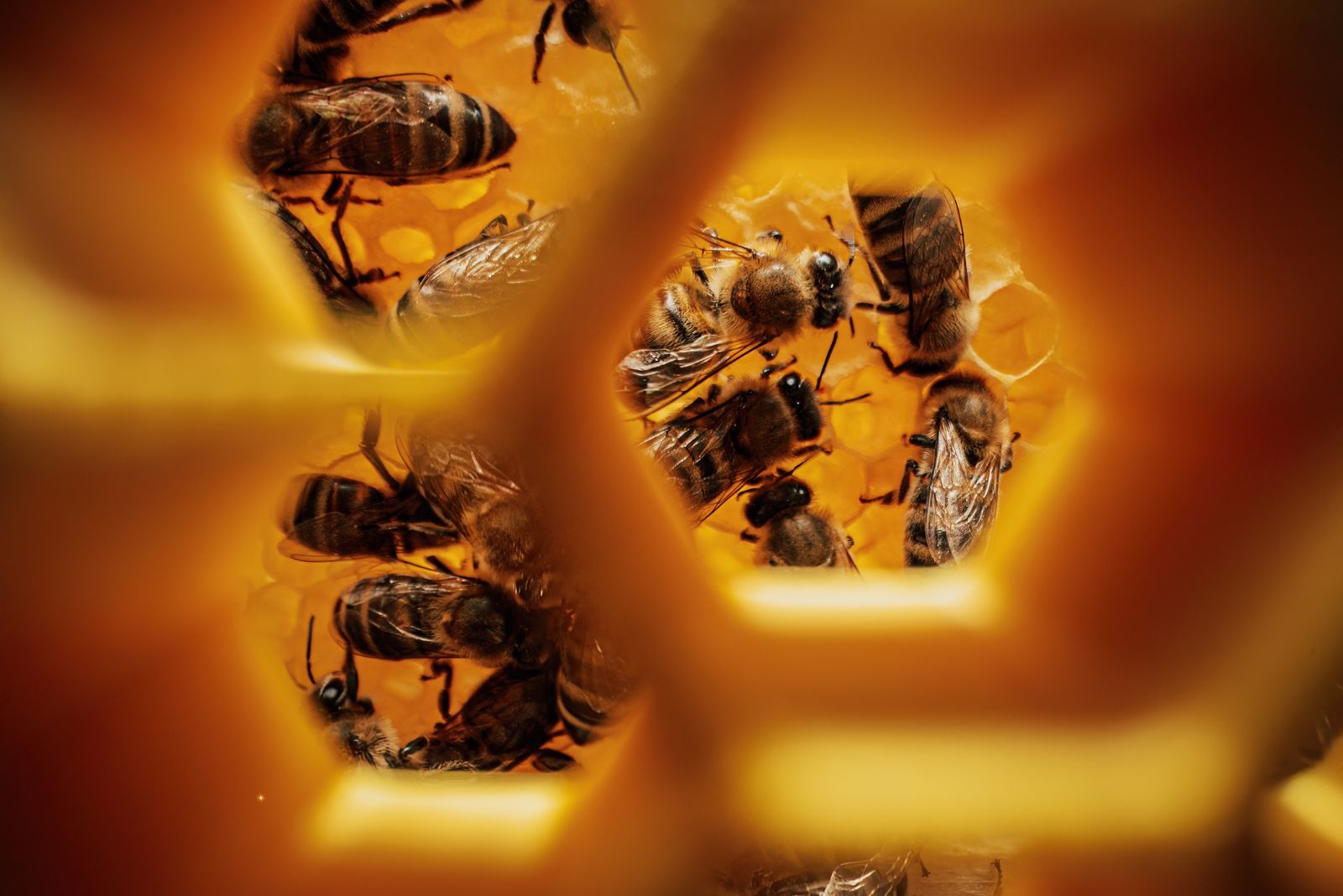
Bees don’t just see the world in color—they see it in ultraviolet! Their eyes are specially adapted to detect UV patterns on flowers, which act as secret roadmaps leading straight to nectar.
This ability makes bees some of nature’s best pollinators, ensuring that plants thrive and ecosystems flourish. While we admire flowers for their beauty, bees see hidden signals that guide their every move, proving that their vision is one of nature’s most incredible superpowers!
19. The Blind Fish With Super Senses
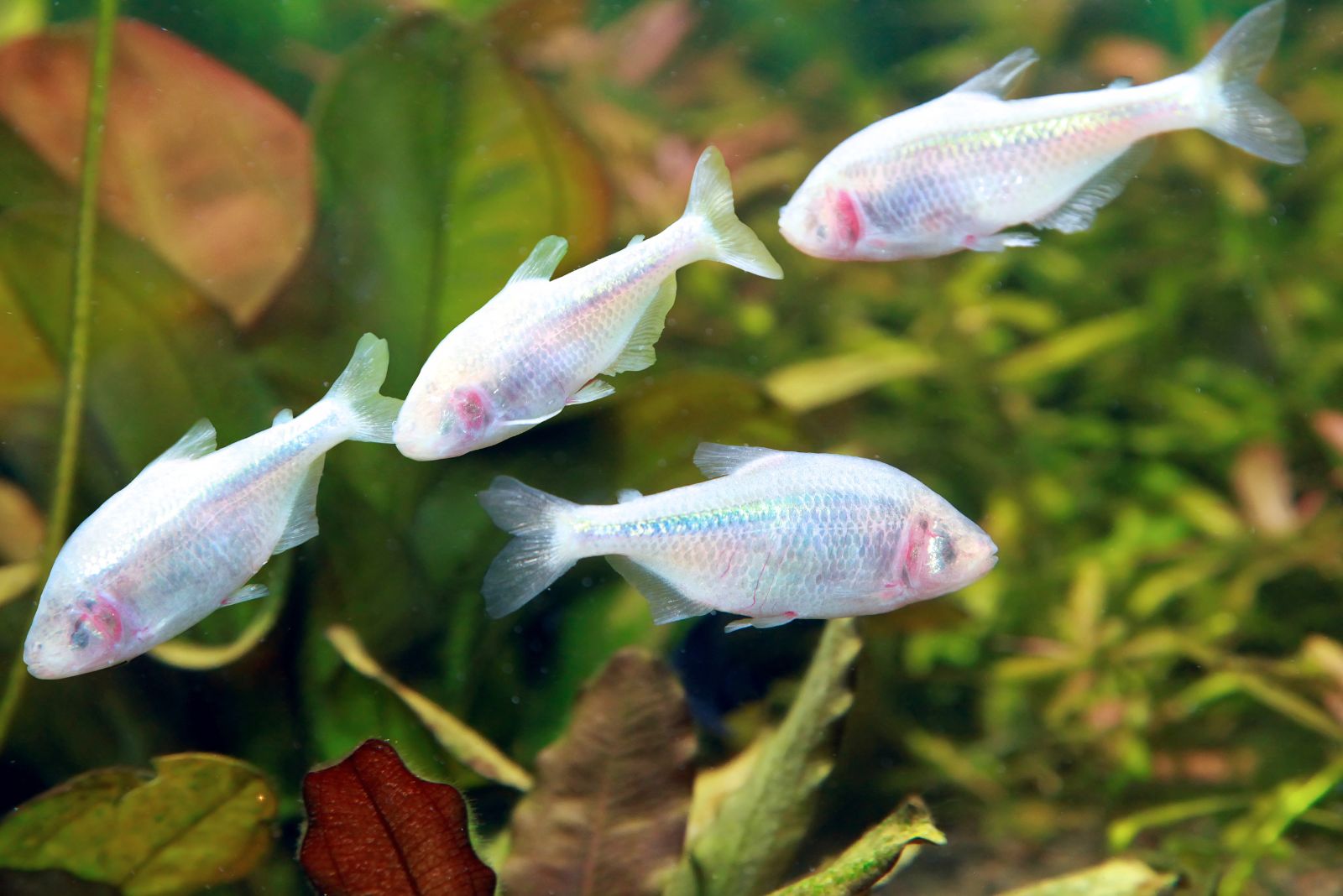
Who needs eyes when you can feel the world around you? The cavefish has adapted to complete darkness by developing an ultra-sensitive lateral line system, which detects the slightest water movements and pressure changes.
This built-in radar helps it navigate, find food, and avoid obstacles without ever needing sight. In the pitch-black world of underwater caves, the cavefish proves that seeing isn’t always believing—sometimes, sensing is just as powerful!

